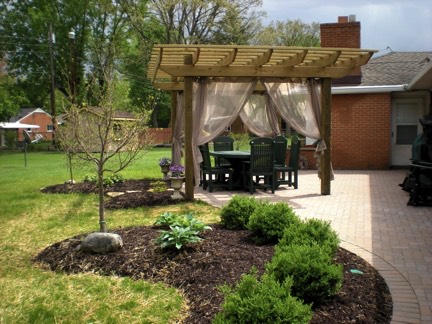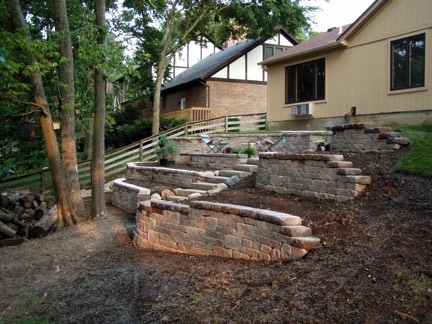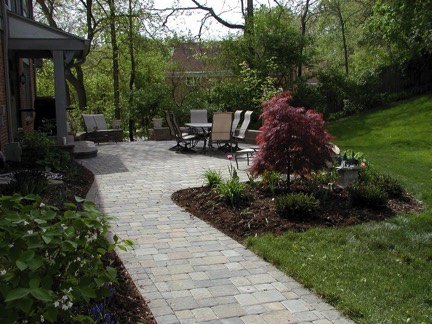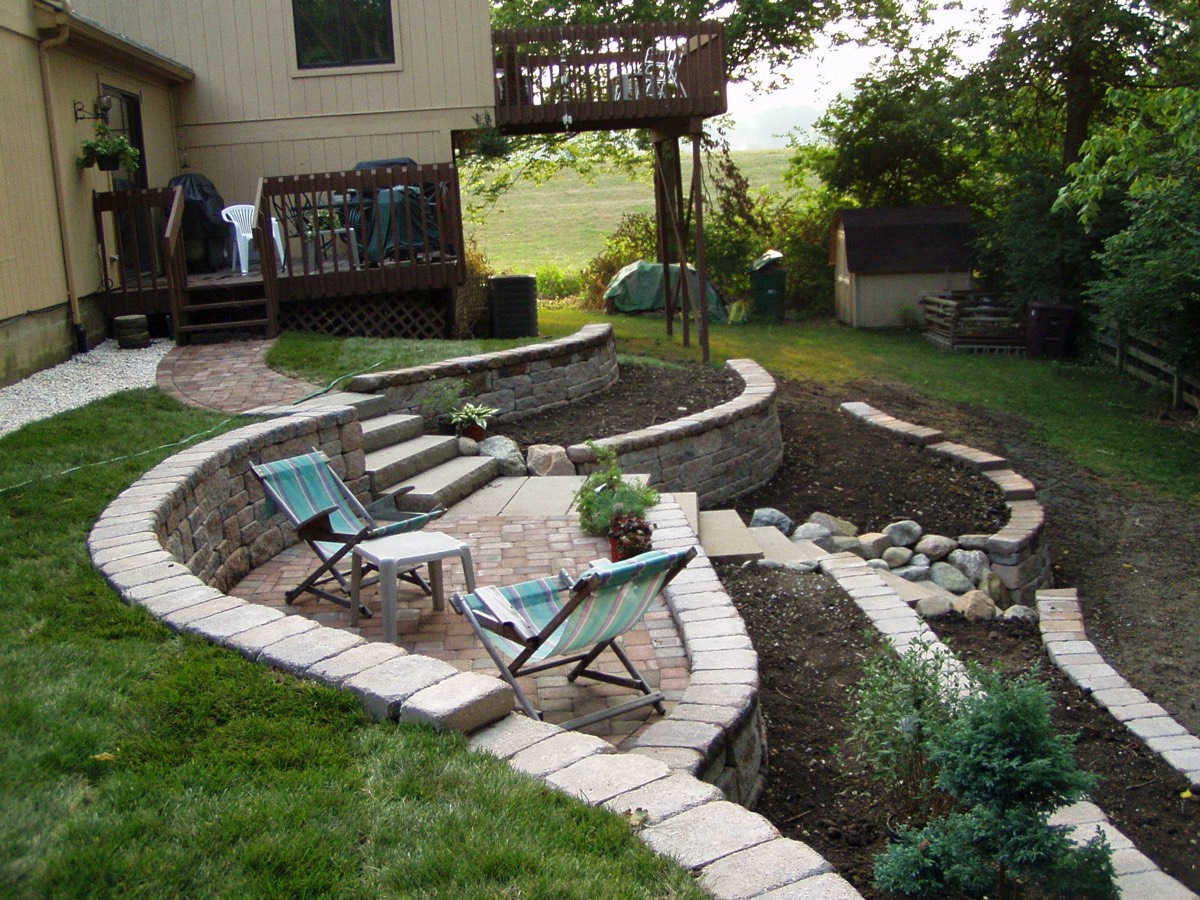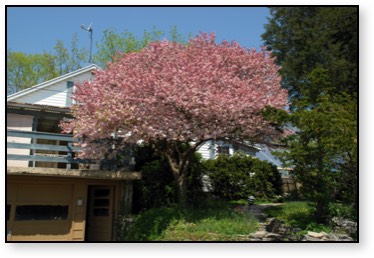The current heat wave is very stressful for your landscape!
Newly planted landscaping, and even plantings from last year, need a lot of water to successfully survive high heat temperatures.
The best time to water is early in the morning. Make sure you thoroughly soak the soil around each plant. Hint: poke your finger into the ground a few inches away from the plant - the soil should be well watered to a depth of about 1" or more.
Mulch will help maintain moisture around your plants.
Please contact Deal's if you have any questions.
Welcome to Deal's Landscape Service!
Serving the Miami Valley for over 80 years.
Contact Deal's to create an awesome landscape!
Contact Deal's for landscape maintenance…
About
©2025 Deal’s Landscape Service, Inc.
3454 Dayton-Xenia Road
Beavercreek, Ohio 45432
(937) 426-2118
All rights reserved.
3454 Dayton-Xenia Road
Beavercreek, Ohio 45432
(937) 426-2118
All rights reserved.
Hours
Our hours vary by season.
Affiliations
Shop the ‘creek!
Deal’s Landscape Service, Inc.
Deal's Landscape Service, Inc
3454 Dayton-Xenia Road
Beavercreek, Ohio 45432
(937) 426-2118
Contact Deal's ! Find Deal's
3454 Dayton-Xenia Road
Beavercreek, Ohio 45432
(937) 426-2118
Contact Deal's ! Find Deal's
-
Water - Water - Water!
-
Pavers and Stonework
Deal's specializes in hardscape - patios, walkways, driveways, steps, walls, and raised planting areas.
Enhance your home's curb appeal…
Consider beautiful stone or paver walkways, steps, and driveways instead of boring blacktop or cement.
Outdoor living for your family…
Consider appealing outdoor patios and raised planting beds - patios for lounging, cooking out, and just enjoying nature. Raised planting beds? Yes! Great for gardening enthusiasts - easy to plant and maintain gardens for veggies, flowers, or special plants.Deal's Landscape Service, Inc
3454 Dayton-Xenia Road
Beavercreek, Ohio 45432
(937) 426-2118
Contact Deal's ! Find Deal's
Services

Estimates and Designs
All estimates are itemized and free of charge. We offer CAD landscape designs at a minimal charge. If we are able to pass our ideas on to you with rough sketches rather than formal designs, there is no charge. Please call (937) 426-2118, or Contact Deal’s to schedule a free appointment or request an estimate.
Products
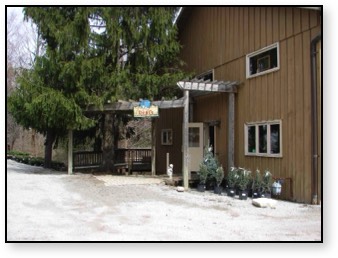
Do-it-yourself landscapers are never discouraged. Our staff is available to provide advice and guidance. Our five acre nursery holding area offers one of the finest selections of ornamental, shade and evergreen trees along with a large variety of landscape shrubs, perennial plants and materials to make your efforts successful. Plants, materials and supplies may be purchased in our store located in Deal’s Barn at 3454 Dayton Xenia Road, Beavercreek.
Questions? Please call Deal’s at (937) 426-2118 or Contact Deal’s.
Like to see what we have? View our Landscape Materials Catalog or Nursery Stock Catalog.
Deal’s Landscape Service, Inc. does not sell Gardening Materials or Nursery Stock over the internet.
Questions? Please call Deal’s at (937) 426-2118 or Contact Deal’s.
Like to see what we have? View our Landscape Materials Catalog or Nursery Stock Catalog.
Deal’s Landscape Service, Inc. does not sell Gardening Materials or Nursery Stock over the internet.
Deal’s Portfolio
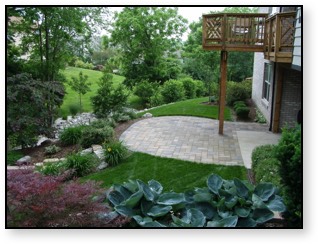
We are very proud of both the practicality and creativity of our landscaping design and installation. Our crews work very hard to ensure that your landscaping plan is perfectly executed.
Any questions? Please contact Deal’s!
Deal’s Blog and News

Latest blog entries…
Employment

Interested in a great career opportunity? Deal's Landscapping, established in 1940, is looking for individuals with a love for greening our earth.
More info: Call Deal’s at (937) 426-2118, contact Deal's, or visit our office…
3454 Dayton-Xenia Road
Beavercreek, Ohio 45432
(Find Deal’s)

